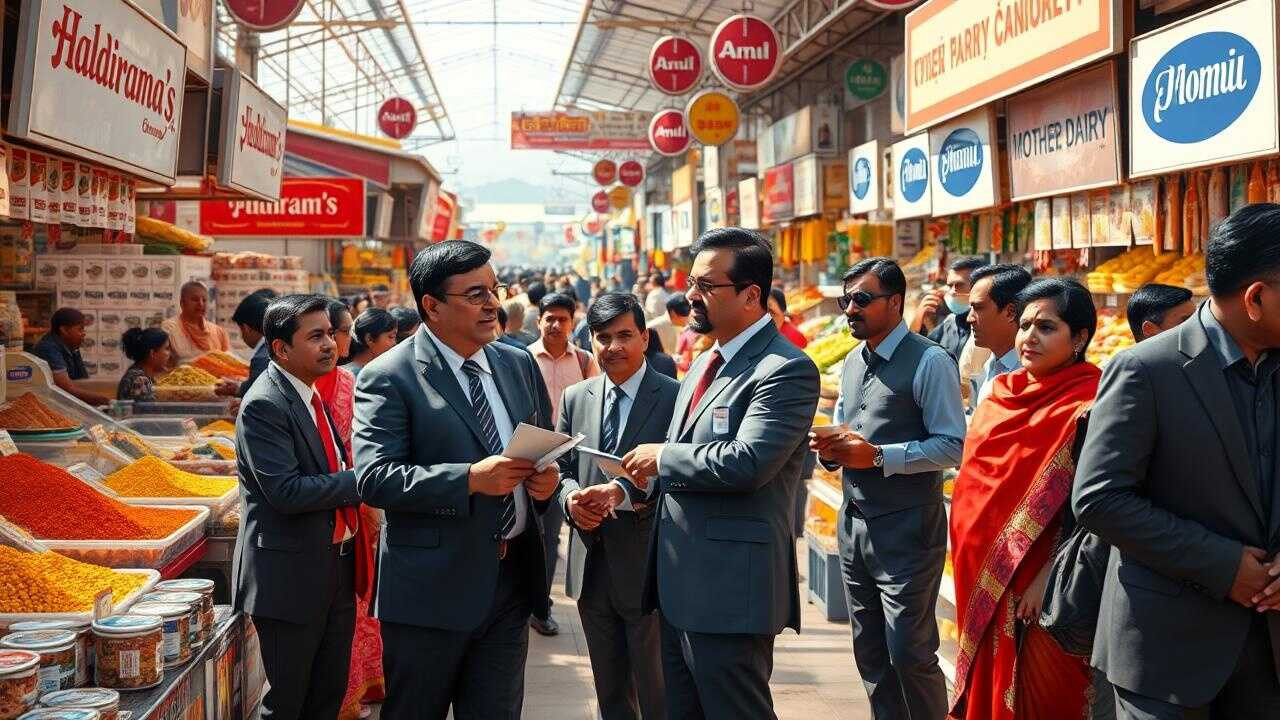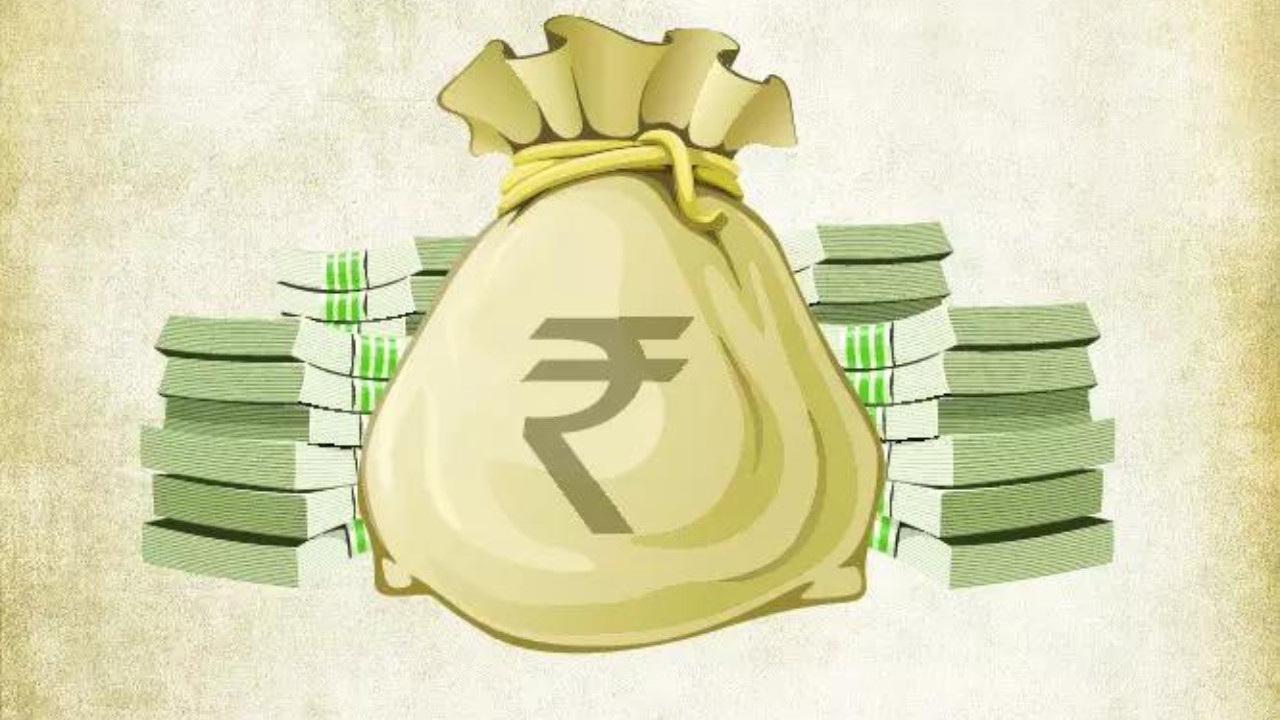The Indian food and beverage sector is witnessing significant investor interest, with firms vying for stakes in both established and emerging brands like Theobroma, Haldiram’s, and Wow! Momo. Despite a consumption slowdown, the appetite for India’s consumption story remains strong, and the deal counters, it seem, are buzzing and buzzing.
India’s Appetite for Food & Beverages: Why Investors Are Hungry
India’s food and beverage sector is buzzing, and it’s not just the aroma of spices in the air. A new wave of investment is flowing into the industry, driven by changing consumer habits and a growing economy that’s leaving investors craving a piece of the pie. But what’s fueling this surge, and what does it mean for the future of Indian food?
Forget the days when mom-and-pop stores dominated the landscape. India’s rapidly evolving consumer base is demanding more – more convenience, more variety, and more healthy options. This shift is creating fertile ground for innovation and, in turn, attracting significant investment.
A Delicious Opportunity: The Allure of Indian Food & Beverage
The numbers tell the story. The Indian food and beverage market is projected for substantial growth, and investors are clearly taking note. From established multinational corporations to agile startups, everyone seems eager to capitalize on this burgeoning demand. The reasons are manifold:
* A Growing Middle Class: A larger, more affluent middle class has greater disposable income and a willingness to spend on quality food and beverages. This demographic shift provides a solid foundation for sustained growth.
* Changing Lifestyles: Hectic schedules and urbanization are driving demand for convenience foods, ready-to-eat meals, and on-the-go beverages. This trend is reshaping the industry, opening up new avenues for investment and innovation.
* Health and Wellness Focus: Consumers are increasingly health-conscious, seeking out healthier alternatives and products with natural ingredients. This is pushing food and beverage companies to adapt and innovate, creating opportunities for investment in this specific niche.
* E-commerce Boom: The rise of online grocery platforms and food delivery services has made it easier than ever for consumers to access a wide range of products. This has expanded the reach of food and beverage companies, making them even more attractive to investors.
This confluence of factors has created a perfect storm, drawing in both domestic and international investors eager to tap into India’s vast potential.
From Farm to Fork: Investment Across the Value Chain
The investment isn’t limited to just one segment. It’s flowing across the entire food and beverage value chain, from agriculture and food processing to packaging, distribution, and retail. Venture capital firms are backing innovative startups that are disrupting traditional business models, while established companies are investing in expanding their production capacity and distribution networks.
For example, imagine a company specializing in sustainable farming practices.  They might receive funding to scale their operations and provide high-quality, locally sourced ingredients to food manufacturers. Another example could be a food tech startup developing innovative packaging solutions that extend shelf life and reduce food waste. These are the types of businesses that are capturing the attention of investors.
They might receive funding to scale their operations and provide high-quality, locally sourced ingredients to food manufacturers. Another example could be a food tech startup developing innovative packaging solutions that extend shelf life and reduce food waste. These are the types of businesses that are capturing the attention of investors.
Navigating the Landscape: Challenges and Opportunities
While the Indian food and beverage market offers tremendous potential, it’s not without its challenges. Complex regulations, infrastructure limitations, and supply chain inefficiencies can create hurdles for investors. However, these challenges also present opportunities for innovation and investment. Companies that can navigate these complexities and develop sustainable solutions are likely to be rewarded with significant returns.
For example, companies investing in cold chain infrastructure, which is essential for preserving perishable goods, are likely to see strong demand for their services. Similarly, companies that can leverage technology to improve supply chain efficiency and reduce food waste are well-positioned for success. (You can read more about supply chain optimization strategies here).
The Future of Food: What’s Next?
The investment boom in India’s food and beverage sector is set to continue, driven by the factors mentioned earlier. We can expect to see even more innovation, with companies developing new products and services to meet the evolving needs of Indian consumers. The focus on health and wellness is likely to intensify, with a growing demand for organic, natural, and plant-based foods. Furthermore, technology will play an increasingly important role in transforming the industry, from precision agriculture to personalized nutrition.
The increased investment in the Indian food and beverage market signifies a pivotal shift, creating more options for consumers, innovation in the sector, and ultimately, a stronger economy. The appetite for Indian food and beverages is only growing, and those who invest wisely are likely to savor the rewards for years to come.







